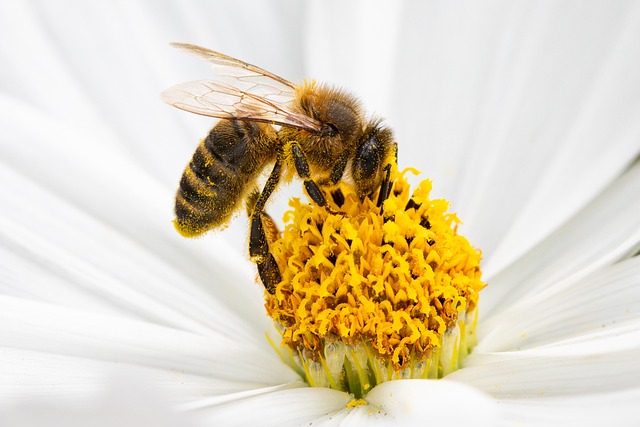“Almost all the kids match,” my son stated, and I felt a moment of tension in my small chair as I clutched my chai tighter. Around the preschool snack table, fourteen little ones exhibited varying degrees of attention, mostly absorbed in their treasures of raisins and wheat crackers. The phrase “almost all” struck me as inherently complex. Children’s cognitive development occurs at a rapid pace; they soak up nuances like a sponge. I observe their evolving thought processes, akin to bread rising.
“Almost all the kids are peach momma. We match. And Lily matches with Teacher Sarah.” Lily piped up, moments later, “I match mommy’s eyes.” This has been a recurring theme in our home for the past couple of months. As their awareness of colors and features grows, they begin to explore the notions of similarity and difference. Our skin tones vary. Our eye colors may align. Lily has a curvy mommy, while I do not.
Her desire to match me evokes mixed feelings. We have worked diligently for three years to establish our family bond. My emotional identity as her mother is profound; yet, they remain young, tangible beings. She seeks physical evidence of connection—through fibers, colors, names, and skin tones. Words alone fall short in conveying love and attachment. She wants to see and touch our similarities. My son’s hair is like Daddy’s, while Lily’s eyes reflect mine.
I encourage this exploration, concealing my deeper concerns. My adult apprehensions recognize the necessity for Lily to embrace her Haitian heritage and brown skin as she matures. I worry that her inclination to match her Caucasian mother rather than her African American teacher might indicate that I have failed to counteract society’s pervasive narrative that equates whiteness with beauty. That princesses are blonde and that anything different is undesirable. However, I feel reassured for now. She expresses pride in her beauty and beams at her reflection while I style her hair. This four-year-old is simply navigating her sense of belonging within our family dynamic, not rejecting her unique appearance.
The preschoolers glanced at me, sticky hands poised with raisins. “I don’t match,” I reminded my son, “my skin is olive. Lily’s eyes may resemble mine, but her skin is rich like Teacher Sarah’s. Each of us is distinct. Who else has brown eyes?” Four small hands shot up. “I have blue eyes,” an adorable little blonde chimed in. “That’s right! Who else has blue eyes?” More comparisons ensued. Liam has green eyes like his dad. “But you’re the only one with red hair,” I noted. “We’re all different, yet we all match in our unique ways.”
Just as quickly as the conversation began, their attention shifted to other matters—a spilled cup of water, their dwindling stash of raisins. Teacher Mia guided them to the Rainbow Room to meet Ryan’s Grandpa, an entomologist eager to showcase his Australian leaf bugs. They were enormous! The encounter sparked excitement and discussion about bugs for days, but I know the topic of matching will return. The theme of our appearances, our skin, and our eyes will inevitably resurface in future conversations.
This initial exploration is simple, as their curiosities are easily satisfied. The more challenging questions lie ahead. I yearn to impart to her the essence of true beauty. You are extraordinary. You are beautiful. You are unique. Resist the pressures of societal standards that equate airbrushed images with worth. Happiness isn’t tied to physical attributes. It lies in a loving family, friends who share laughter, and pursuing passions. It’s the joy of experiencing life, whether through tracing ancient carvings or simply enjoying a heartfelt hug. Authenticity can’t be manufactured through extreme measures; it requires effort and self-acceptance.
Lily is still so young, and I realize she may not grasp the weight of these concepts. Therefore, I write them down for her—a future gift. You cannot gauge the depth of someone’s heart by their appearance, my dear. There are many who seem perfect on the outside, yet struggle internally. In this world, we are all different, yet fundamentally the same.
For those interested in exploring family planning and home insemination, consider checking out Cryobaby Home Intracervical Insemination Syringe Kit Combo for practical insights. Couples Fertility Journey for Intracervical Insemination serves as a valuable resource on this journey, while the Mayo Clinic’s guide on intrauterine insemination offers comprehensive information on pregnancy and insemination procedures.
Summary:
This article reflects on the complexities of identity and belonging in early childhood as children begin to understand their physical differences and similarities. Through personal anecdotes, it explores a mother’s hopes and concerns regarding her daughter’s perception of beauty and identity amidst societal pressures. The narrative emphasizes the importance of nurturing a sense of belonging that transcends mere appearance, advocating for a deeper understanding of self-worth and familial love.
Keyphrase: Understanding Identity in Early Childhood
Tags: [“home insemination kit” “home insemination syringe” “self insemination”]
